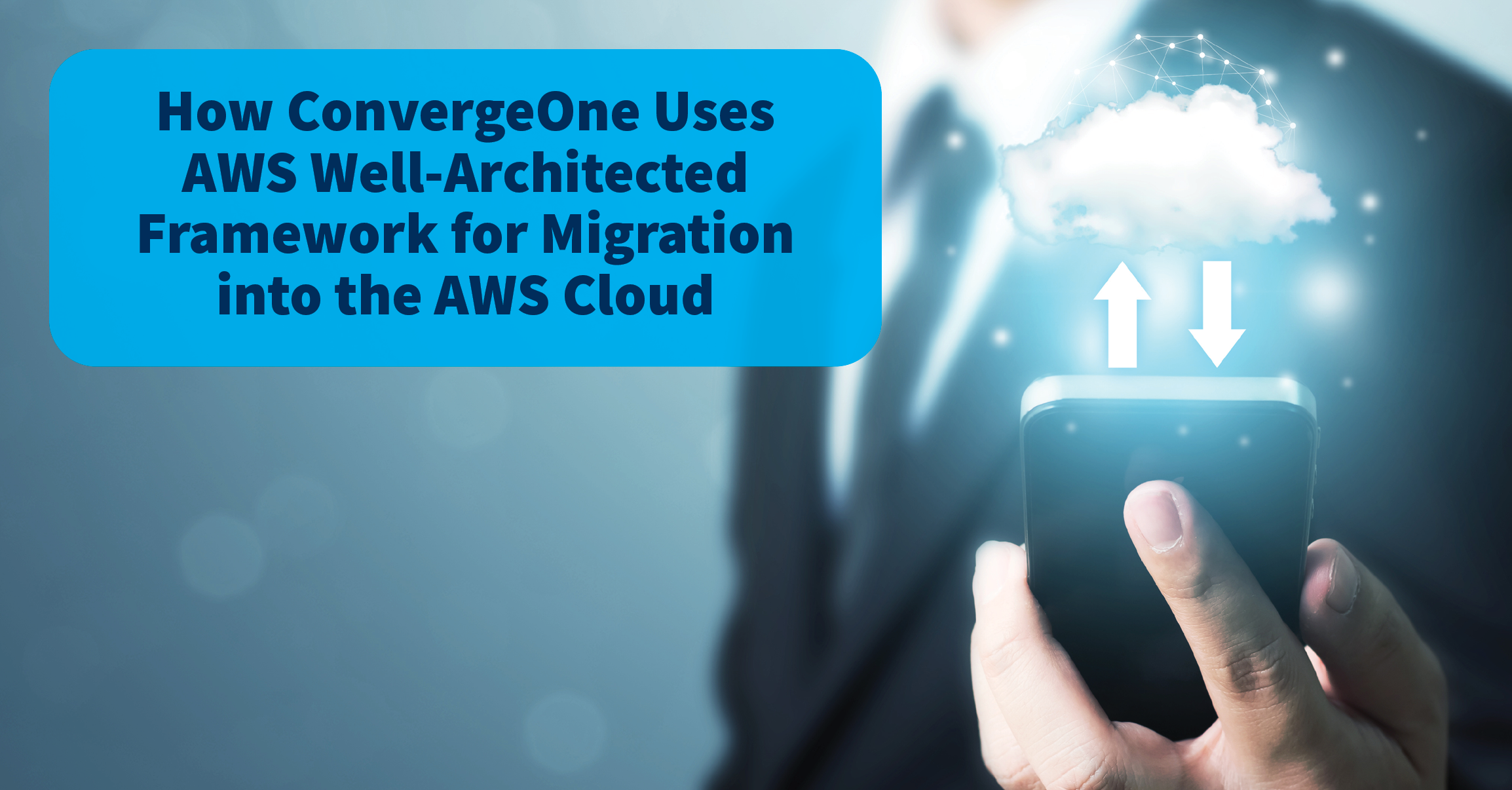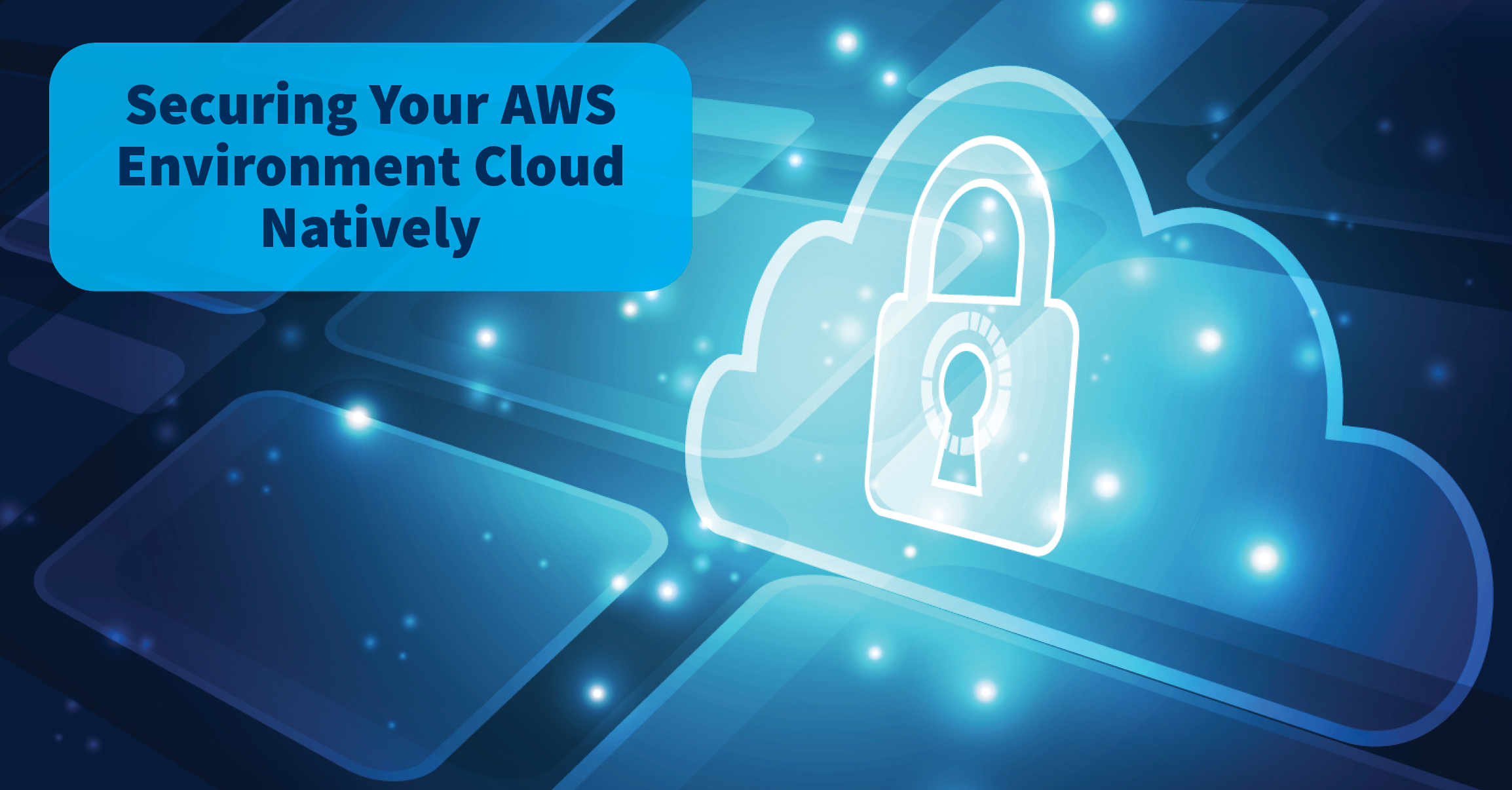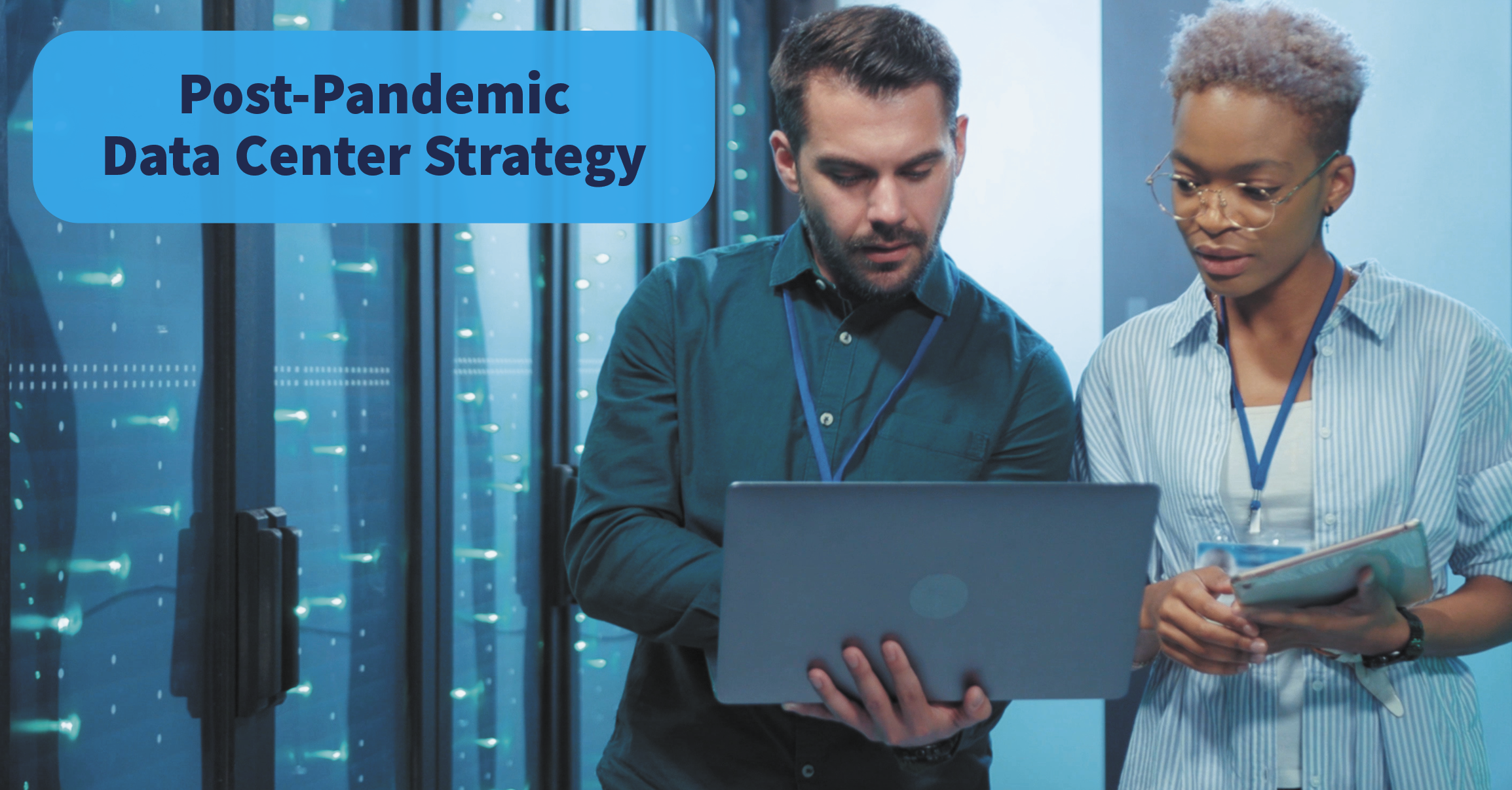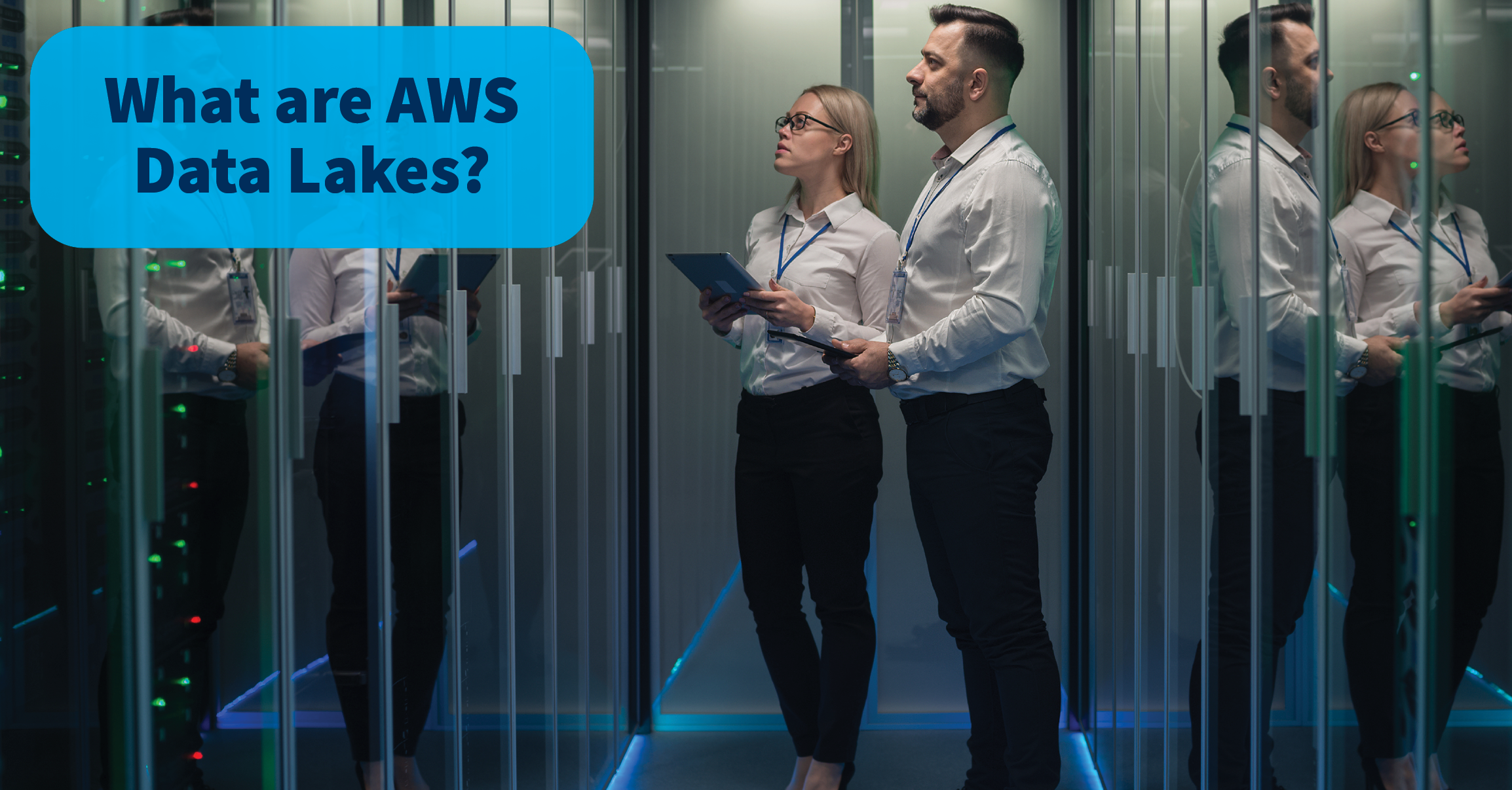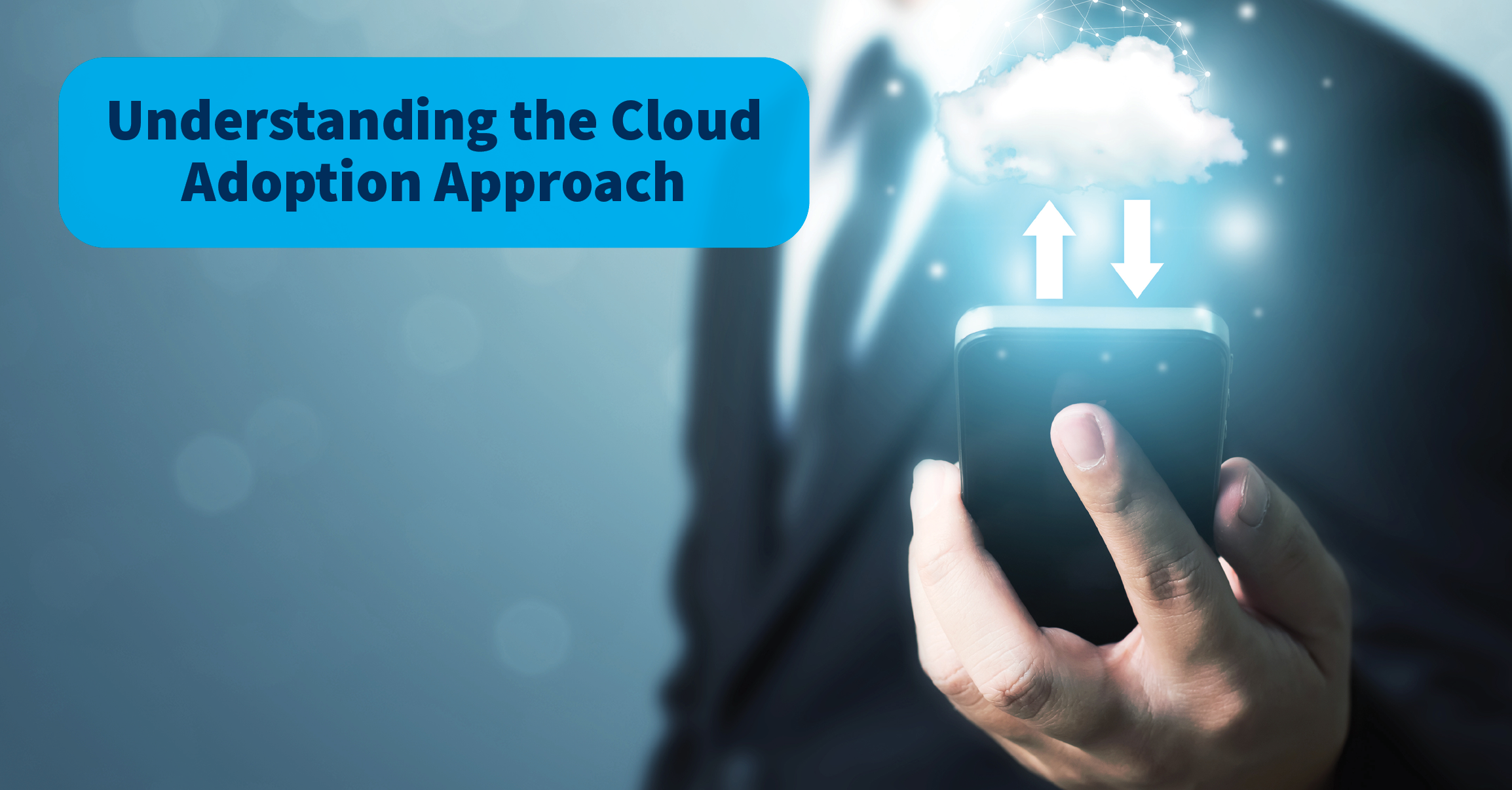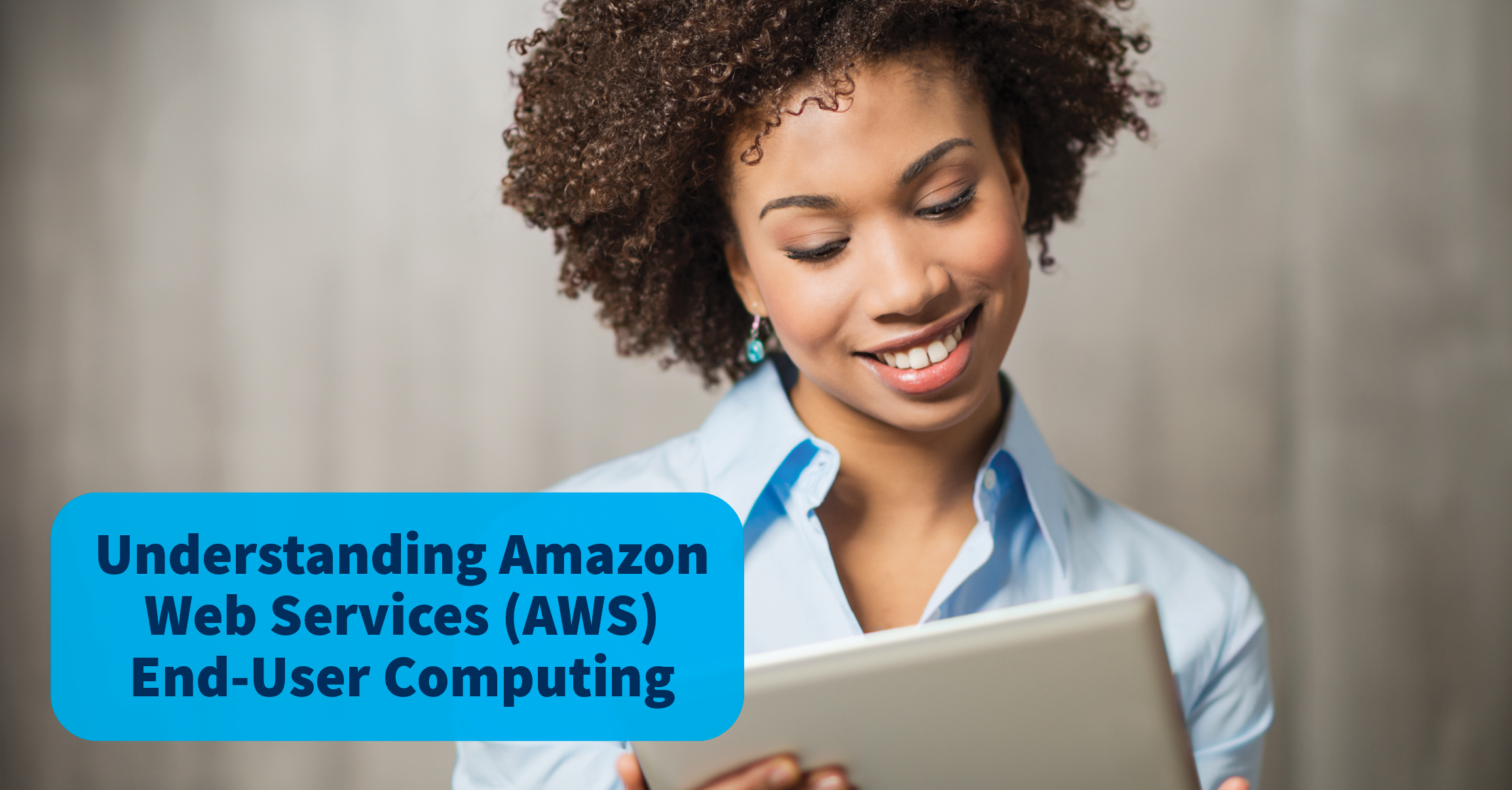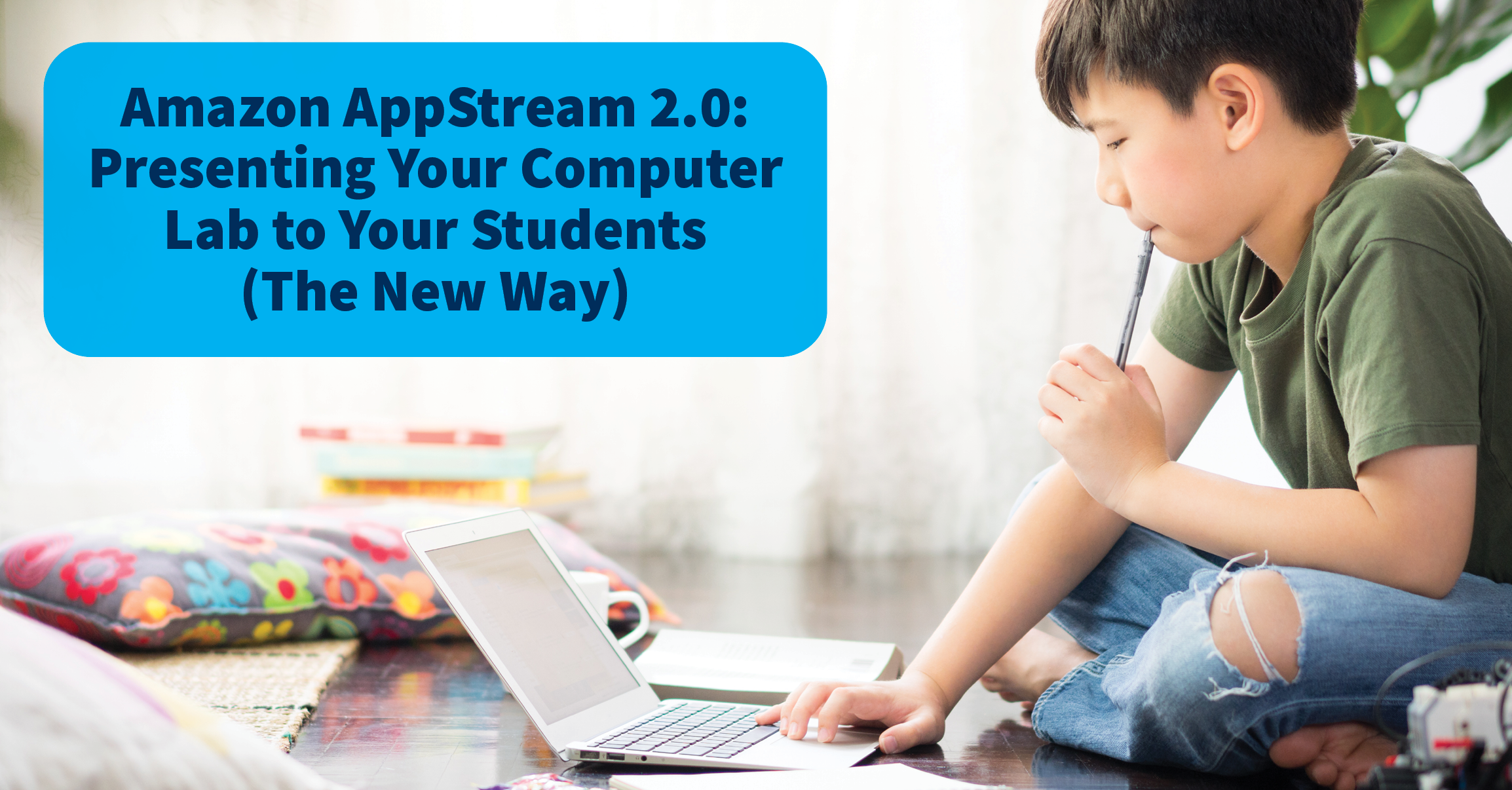The AWS Well-Architected Framework is used by Cloud Architects to plan, migrate, transform, and operate their workloads on AWS. Migrating your applications and servers from Data Centers into the AWS Cloud requires a specific approach and is different for all clients. But thanks to the AWS Well-Architected Framework, here at ConvergeOne we have the necessary tools and knowledge to access your applications/servers’ environments and design solutions that use the Five Pillars of the AWS Well-Architected Framework. These five pillars should not only be used for cloud migrations. They are crucial points of consideration when designing in the cloud, applications, and even physical Data Centers. Below is a break down of the five pillars and some of the key important points to consider when migrating to the AWS Cloud:
Read MoreTopics: Cloud, Data Center, Cloud Infrastructure
I can remember the moment clearly: I was in an early-morning meeting with several of my employees. Several minutes into the meeting, my mobile phone came to life with notifications and a call. Shortly after answering, there was a knock at the door. Almost instantly, I did not feel so well; I knew this couldn’t be good. As if it were rehearsed for stereo effect, I heard the words no one ever wants to hear: “I think we’ve been hacked.” My first response was, “Not possible!” Turns out, it was very possible and very much a reality. To be fully transparent, I thought my life and professional career were over in that moment; 25 years down the drain just like that! I took the cyberattack very personal.
As an Executive Director at one of the largest school districts in my state, I had officially become the next victim of ransomware.
Read MoreTopics: Data Center, Cyber Security, Cyber Awareness, Cyber Recovery, Ransomware
Since the shift from the concept of traditional IT to the public cloud, there have been many new security services and cloud-native tools being implemented across all vertical industries to protect and govern the customer cloud environment. Cloud computing is evolving at an ever-increasing rate of change, but regulations and technology have not been keeping the same pace. Businesses trust the AWS cloud to secure their infrastructure so they can grow and evolve by accelerating innovation.
Read MoreTopics: Cloud, Data Center, Cyber Security, Cloud Infrastructure
The continuing evolution of ransomware attacks requires innovative, protective solutions. Dell has led the protection of the data center with the Cyber Recovery solution, which is the only solution certified by Sheltered Harbor. It implements a digital air-gap solution that provides a dedicated replica isolated from the production environment. The isolation limits risks associated with remote threats identifying, accessing, and corrupting the backup data. In order to identify when a ransomware attack has occurred, Dell has partnered with Index Engines to monitor the backup data stream. CyberSense from Index Engines uses machine learning to identify changes in the backup data and alert when the appearance of an attack occurs.
Topics: Data Center, Cyber Security, Data Protection, Cyber Recovery
I consult with companies from many markets that are scattered across the United States, and most of them had to pivot last year when the COVID pandemic hit. Scrambling for answers for a remote workforce, some were better prepared than others. Almost universally, they took budgets they had for things like data center and sank those funds into remote workforce initiatives. With the change in our work standards, we must define what our new “normal” is and determine what investments we should make in the core, edge, and cloud.
Topics: Data Center, Remote Working
On a global scale, there are about 2.5 quintillion bytes of data created each day. The data grows exponentially by ten times every five years, and as the data being created continues to grow, the need to store, clean, process, and analyze the data is becoming a growing concern for many organizations. We are now storing and analyzing data in a different class beyond CRM and ERP systems, and our data includes more social media, web analytics, and IoT data from various devices, as well as machine-generated log data.
Read MoreTopics: Data Center
For many years, organizations have taken a traditional approach to buying expensive hardware and storing it in rows of racks in a data center located somewhere in the world. However, in 2006, Amazon launched a subsidiary called Amazon Web Services (AWS), which completely changed the future of IT Infrastructure. It began the transition away from the traditional approach of expensive data centers with high power and cooling, hands and feet, and all the hardware expense, to a cloud-based model where the cloud service provider has multiple data centers in a particular region that offer high availability (HA), with dedicated or non-dedicated servers, storage, networking, and many other services and features.
Read MoreTopics: Cloud, Data Center
End-User Computing (EUC) refers to computer systems, platforms, and applications that are delivered via network connectivity (or internet) to an end user. EUC has been around for many years, with the customer usually having to buy expensive hardware like servers and storage to stand up the EUC environment.
Read MoreTopics: Cloud, Data Center
During this year of uncertainty and the COVID-19 pandemic, there have been many issues within schools, colleges, and universities globally on how to deliver student applications.
Read MoreTopics: Cloud, Data Center, K-12 Education
In today’s pandemic times, we are finding more and more customers and end users are working remotely from home. This requires users to access a number of devices, including laptops and tablets, while at home. Is this secure? Absolutely not.
Read MoreTopics: Data Center, Cyber Security, Remote Working, Business Continuity


